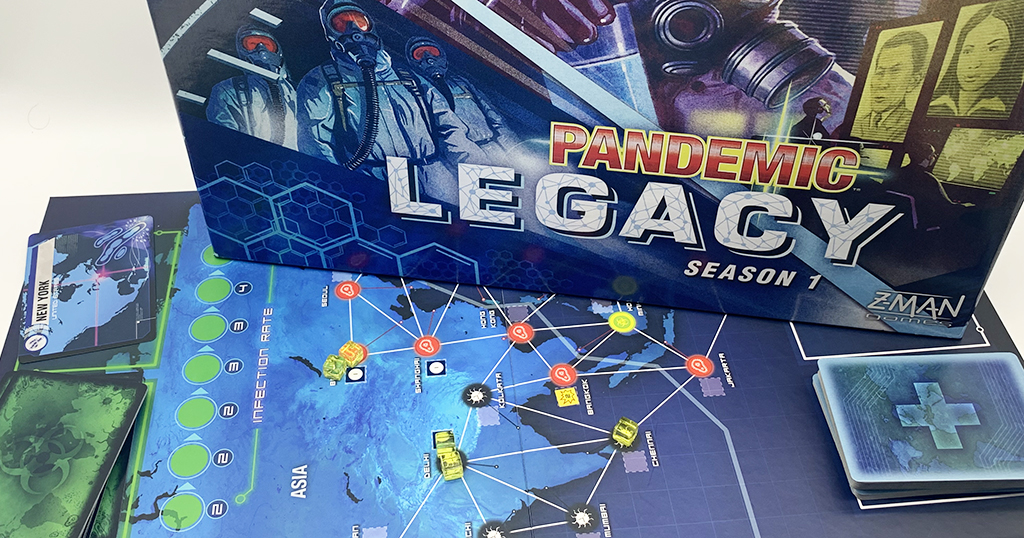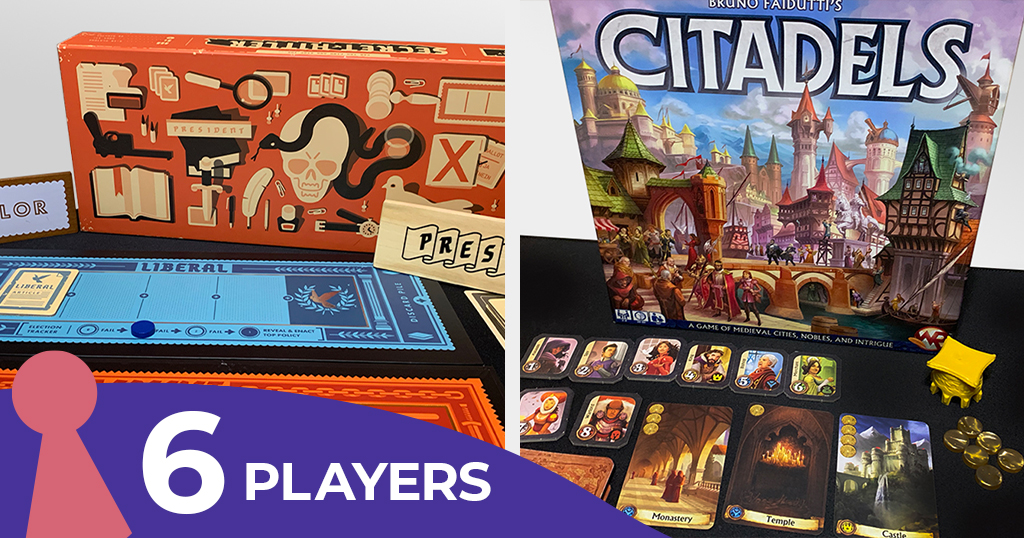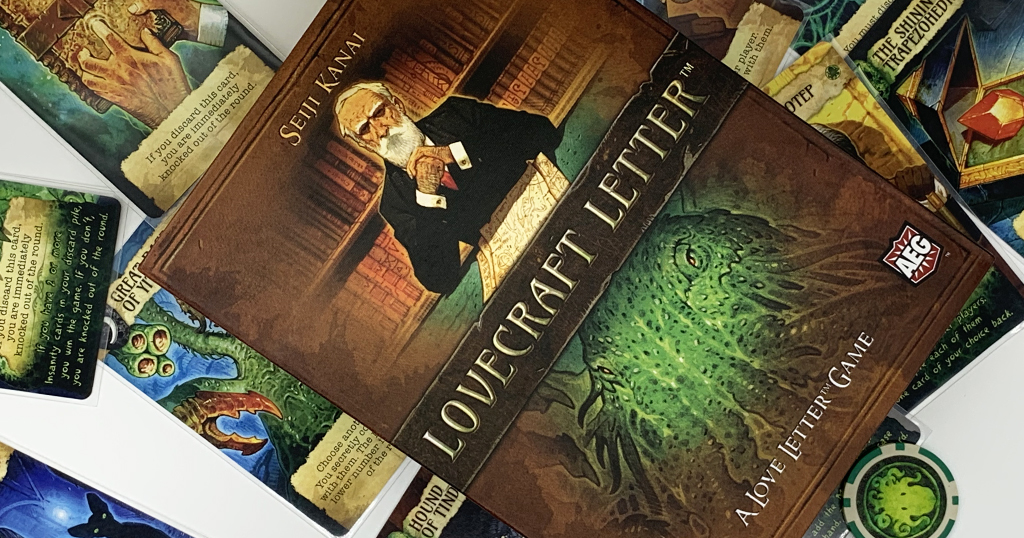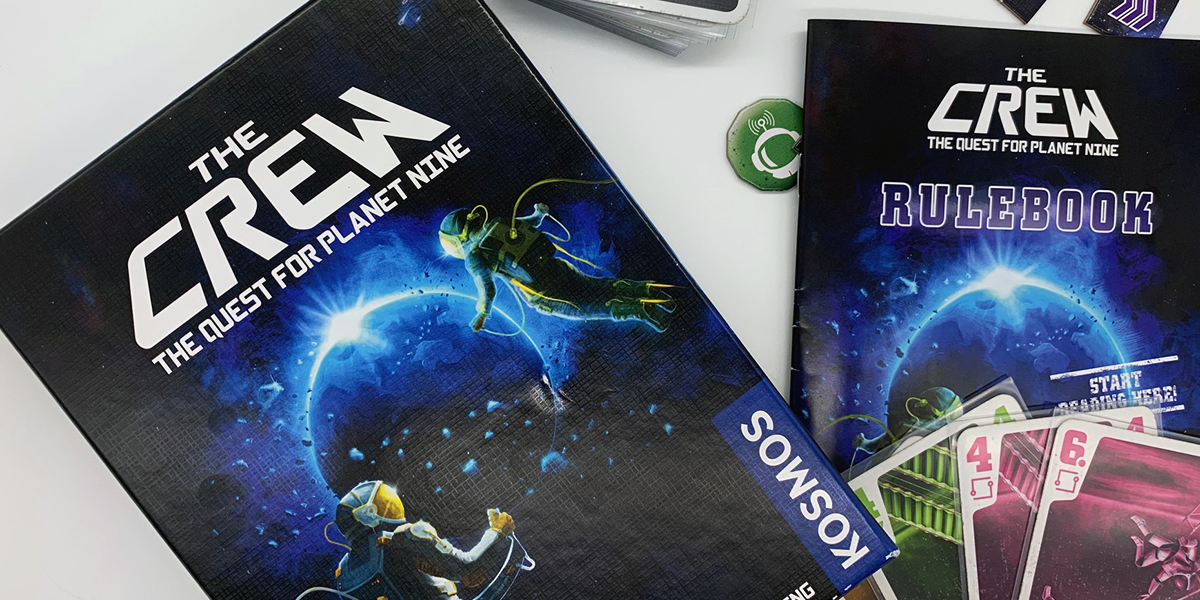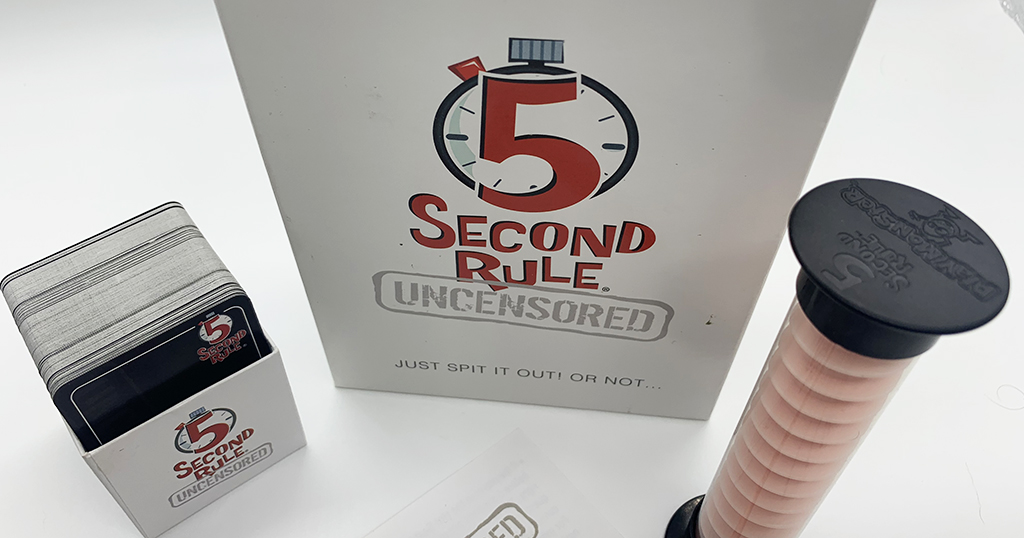Some of the most creative minds in the world will say that a lot of their best ideas come from their dreams.
Jimi Hendrix reportedly was inspired to write “Purple Haze” from a dream. And it shouldn’t be terribly shocking that the inspiration for the film “Inception” also came from a vivid dream.
I wish my mind was that creative. Instead, my dreams sometimes seem to be a little bit random at best. But sleep science contains many mysteries. Do our dreams have meaning? What are they trying to tell us?
Well, the creative minds of Repos Production brought all of the elusive wonders of dreaming into a board game.
When I Dream is a fun, quick party game with a hidden roles element.
Here are some quick stats:
- Players: 4-10
- For ages: 8 and up
- Estimated time: 30 mins
When I Dream board game review: Is it worth it?
At its core, When I Dream is a simple party game that is easy to teach yet has lots of replayability.
It’s similar to Taboo or Code Names, but it has a twist and offers some unique gaming elements. Given its simplicity, I’m surprised by the brainpower it takes to play this game effectively.
And actually, it’s quite the “brain game” for the dreamer. They will be listening, guessing and deciphering who’s who, all while trying to remember every guess they give.
Overall, I have a lot of fun playing this game. It’s almost always a hit with a crowd. Plus, the creative artwork, with 220 illustrations, also adds to the experience and the production quality of the game.
Read Also: What are the best 6 player board games? My top 6, ranked
How do you play When I Dream the board game?
The game revolves around the magical world of dreams.
Each round has two phases, a day and night. A dreamer falls asleep at night and has some wild dreams that are influenced by the other players, the dream spirits.
These spirits influence the dream for better or for worse. Naughty spirits try to lead the dreamer astray.
To set up the game, place the board in the center of the table with the bed in the middle. Shuffle the dream cards and place them on the bed.
Use the headboard to hide either the bottom or top word. The cards can be rotated for more playability.
The number of sandmen, boogeymen and fairies will vary depending on the number of players:
- 4 players: 1 fairy, 1 boogeyman, 2 sandmen
- 5 players: 2 fairies, 1 boogeyman, 2 sandmen
- 6 players: 3 fairies, 2 boogeymen, 1 sandman
- 7 players: 3 fairies, 2 boogeymen, 2 sandmen
- 8 players: 4 fairies, 3 boogeymen, 1 sandman
- 9 players: 4 fairies, 3 boogeymen, 2 sandmen
- 10 players: 5 fairies, 4 boogeymen, 1 sandman
The oldest player takes the first turn as the dreamer and takes the eye mask.
The dreamer shuffles the role cards and deals one to each player other than themselves. Do not reveal the roles to one another. Do not reveal the remaining card.
At the beginning of each round, the dreamer wears the sleep mask (or closes their eyes) and falls into slumber with their own unique dream.
You may need to flip the top dream card to make sure the dreamer has not seen it.
Then the sand timer begins.

When I Dream: Player roles
The dreamer’s goal is to guess as many words from the dream cards as possible before the time runs out.
The mix of roles includes fairies, boogeymen and sandmen.
Fairies help the dreamer identify the correct word.
Boogeymen trick the dreamer by giving bad clues.
Sandmen alternate between good clues and bad clues to keep things balanced.
Beginning to the dreamer’s left in a clockwise direction, players take turns giving a single word clue to describe the dream card.
Dream spirits continue giving hints in a rotation until the dreamer takes a guess. The dreamer can guess after one word or use the whole sand timer on one dream card if they prefer.
Note: Neither is a great strategy to win.
A quick example
For example, if the dream card says “magician”, a fairy might say “trick”, and a boogeyman might say “treat”.
A sandman could say “wand” if they are helping the fairy, or say “candy” if they are helping the boogeyman. The dreamer will try to decide who to trust.
Remember, players continue to give clues in succession until the dreamer guesses. Then, move on to the next dream card.
Pro tip: Clever boogeymen will try to think of clues that relate to the dream card, but steer the dreamer in a different direction.
Boogeymen will not know who the other boogeymen are. However, they will likely be able to identify each other within the round.
The more the clue-givers are able to work together, the more successful they will be.

When I Dream board game rules
When giving clues, if a dream spirit cannot think of a word, they can say “pass”. If a player takes more than 5 seconds on a clue, they are automatically skipped.
Players cannot say a clue that is part of the word on the dream card. (For example, you cannot say “prince” if the word is “princess”).
You cannot say words that rhyme, or say the same word in a different language.
If a player does not follow the above restrictions, move on to the next card and place that dream card in front of that player as a penalty.
After the dreamer guesses the word, place the card on the light side of the board game for correct guesses. Move the card to the dark side of the board game for wrong or skipped guesses.
Continue to the next word without indicating if the guess was correct or not.
When the timer runs out after two minutes, that marks the end of the guessing phase.
The dreamer may choose to guess the last word. They may also pass, with no effect.
Before opening their eyes to wake for the day, they can try to recount their dream in a story. If they’re able to include all of the correctly guessed words, the dreamer gets bonus points. But they must recount all of the correct words.
They can put the words together in a story format or just list them in a plain ol’ boring fashion. It’s up to the player’s imagination.
And I can honestly say, it can take a little practice to get good at this.
At the end of the round, distribute points accordingly.
The next person who is to the left of the dreamer will take their turn as the dreamer.
As always, consult the rule book if a dispute arises.
How to score points in When I Dream
Here’s a quick synopsis of how the scoring system works:
Each fairy scores one point for each correct guess.
Each boogeyman scores one point for each incorrect or skipped guess.
The dreamer scores one point for each correct guess, as well as two extra points if they are able to recount all of the correct dream cards when recounting their dream.
Sandmen compare the correct and incorrect guesses.
- If there is the same number of dream cards on both sides, they score one point for each card on the yellow side plus two extra points.
- If there is a one-card difference, they score one point for each card on the side with the most cards.
- If there is a difference of two or more dream cards, they score one point for each card on the side with the fewest cards.
The point tokens should be easy to access for all players.
Players win by scoring the most points after each player has had a turn to be the dreamer. Subtract one point for each penalty.
If there is a tie, the player with the fewest penalties wins.
Where to buy the When I Dream board game
Overall, this game is a lot of fun and one that I like to keep in my bag when attending a board game night.
It’s a great party game to kick off the evening, and it’s easy to teach for a wide range of people.
I’ve yet to introduce the game to someone who didn’t like it. It typically offers a wonderful experience for a majority of players and a wide range of age groups.
If you’re a fan of party games, I bet you will like this one. It’s the kind of game where players giggle at each other as they rack their brains interpreting dreams.
The rating:
- Learning curve: Easy
- Replayability: High
- Overall rating: 4/5 stars
When I Dream is a Repos Production game. It is available on Amazon for about $39.99 at the time of this writing.
Have you played When I Dream? Would you recommend it? Let me know in the comments.





